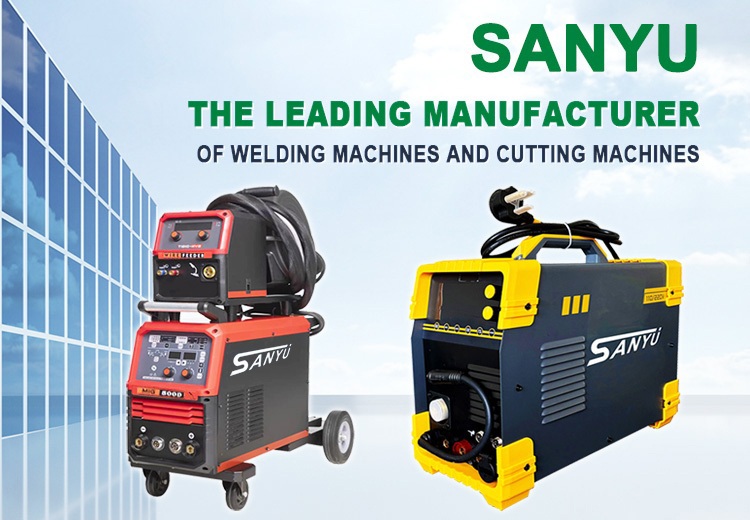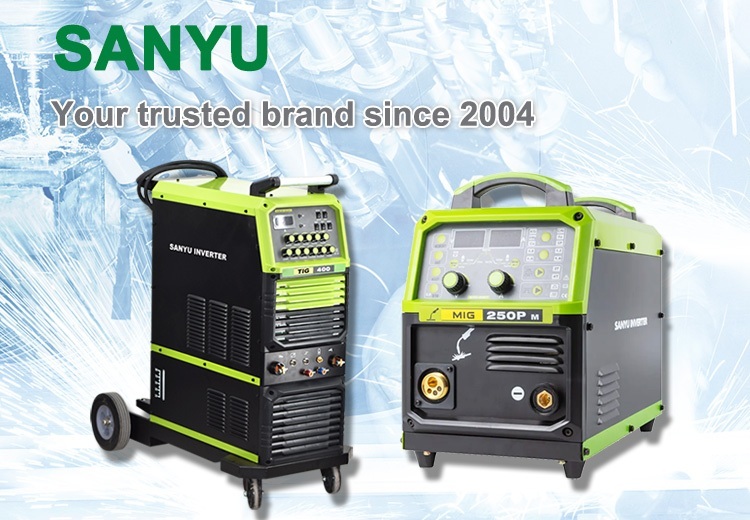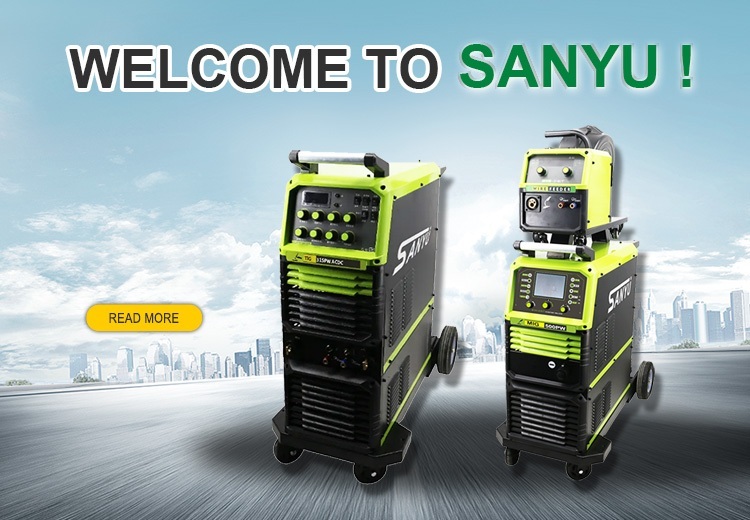In today's industrial manufacturing sector, welding technology, as a critical process for joining metal materials, directly impacts product quality and production efficiency. Among various welding techniques, MIG welding (Metal Inert Gas Welding) has emerged as a core technology in numerous industries such as automotive manufacturing, aerospace, and marine engineering, thanks to its efficiency, stability, and strong adaptability.
Technical Principles: Precision Welding Under Inert Gas Protection
The core of MIG welding lies in the synergy between the "melting electrode" and "inert gas protection." During the welding process, the welding gun continuously feeds a fine-diameter welding wire (electrode) into the welding area while emitting inert gases such as argon, helium, or a mixture thereof, creating a localized protective environment. The welding wire melts under the heat of the electric arc, forming droplets that transition onto the base material surface. Protected by the inert gas, harmful gases like oxygen and nitrogen in the air are prevented from infiltrating, resulting in high-quality welds.
Compared to traditional manual arc welding, MIG welding offers higher current density and greater arc stability, enabling continuous welding operations. Its deposition efficiency can reach 3-5 times that of manual welding, making it particularly suitable for welding medium to thick plates and high-strength alloy materials.
Technical Advantages: Breakthroughs in Efficiency and Quality
High Production Efficiency
MIG welding, operated in semi-automatic or fully automatic mode, feeds welding wire continuously, eliminating the need for frequent electrode changes and significantly enhancing operational continuity. Robotic MIG welding workstations on automotive body assembly lines can achieve welding speeds of several meters per minute, drastically reducing production cycles.
Excellent Weld Quality
Inert gas protection effectively suppresses the oxidation and nitridation of weld metal, minimizing defects such as porosity and slag inclusion. By precisely controlling welding parameters (voltage, current, wire feed speed), aesthetically pleasing welds with stable mechanical properties can be obtained, meeting the stringent requirements of aerospace applications for lightweight high-strength steel connections.
Wide Material Adaptability
From carbon steel and stainless steel to aluminum alloys and nickel-based alloys, MIG welding can achieve high-quality connections for various metal materials by adjusting the composition of the shielding gas (e.g., Ar+CO₂ mixture) and the welding wire material. In marine engineering, MIG welding is widely used in the construction of aluminum alloy superstructures for ships.
Lower Skill Requirements
Automated MIG welding equipment, integrated with weld tracking and adaptive parameter adjustment functions, reduces reliance on operator skills. In steel structure fabrication, workers can master basic operations after short-term training, alleviating the shortage of skilled welders.
Industry Applications: From Factory Floors to Construction Sites
Automotive Manufacturing: MIG welding robots perform over 70% of welding tasks in automotive body assembly, ensuring structural strength and tightness.
Rail Transit: Pulsed MIG welding is employed for aluminum alloy profiles in high-speed train car bodies, achieving low heat input and minimal distortion.
Energy Equipment: For thick-walled components like nuclear reactor pressure vessels and wind turbine towers, tandem MIG welding enhances deposition efficiency and shortens manufacturing cycles.
Architectural Steel Structures: Portable MIG welders are the primary equipment for on-site welding of large steel structures such as bridges and stadiums, owing to their flexibility and efficiency.
Technological Evolution: Towards Intelligence and Sustainability
Intelligent Welding Systems
MIG welding machines equipped with laser vision sensors can identify weld positions and gaps in real-time, automatically adjusting welding trajectories and parameters. In welding structural components for construction machinery, this technology has increased the first-pass yield rate to over 98%.
Cold Metal Transfer (CMT) Technology
By mechanically controlling the transfer of welding wire droplets, splatter-free welding is achieved, making it ideal for joining thin sheets (0.3mm) and galvanized steel plates, significantly reducing post-welding processes in automotive interior component manufacturing.
Environmental Upgrades
Replacing pure argon with Ar+He mixtures improves arc stability, while the development of low-fume welding wires reduces welding fume emissions. In confined spaces, supporting fume extraction systems enable cleaner production.
Future Outlook: Technological Integration Driving Industrial Upgrades
With the advancement of Industry 4.0, MIG welding is deeply integrating with digital twins and artificial intelligence. By optimizing welding processes through simulation and enabling remote equipment operation and maintenance via the Internet of Things, MIG welding technology continues to evolve towards greater efficiency, intelligence, and sustainability, providing crucial support for the global manufacturing industry's transformation and upgrading.
From factory floors to construction sites, and from traditional manufacturing to smart manufacturing, MIG welding technology, with its exceptional performance and continuous innovation, consistently pushes the boundaries of metal joining techniques, serving as an indispensable "adhesive" in modern industry.
+86 13564535011
企业邮箱 : alansunrise@sina.com
公司地址 : No.723, Shangcheng Road No.800 Shanghai, China




